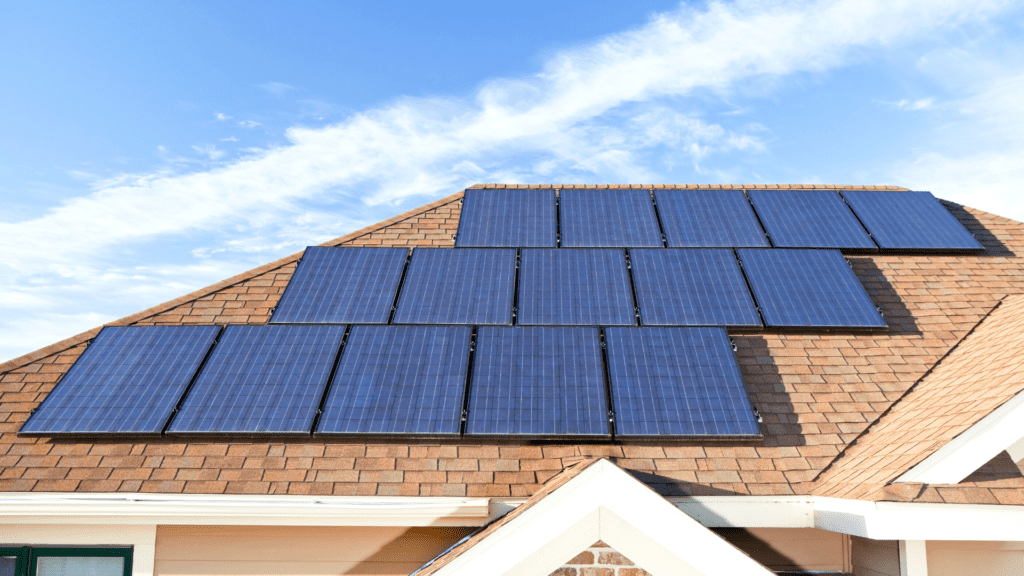What Is Solar Panel Output Anyway?
Wattage
When it comes to energy usage, homes and business are measured in kilowatt-hours (kWh). A kilowatt-hour is defined as a measure of electrical energy equivalent to the power consumption of 1,000 watts for one hour. So how does that relate to your home?
To explain further, the electrical usage of homes is evaluated in kWh per year. According to the U.S. Energy Information Administration, the average home consumed 10,399 kWh in 2017.
Additionally, each panel has a specific wattage output in standard conditions. Solar panel wattage can be viewed on the panels' spec sheet provided by the manufacturer. For example, you might see “Silfab SLA-MWT 320 Wp – 60 Cell.” The Silfab panel produces 320 watts.
Let’s use the Silfab 320-watt solar panel to figure out how much energy it will produce in one year. The Silfab panel will produce 320 watts of energy when exposed to direct sunlight for one hour. Therefore, if your panels are exposed to five hours of direct sunlight per day, you will produce 1.6 kWh per day. Essentially, that panel is expected to produce 584 kWh for the entire year. Of course, this number is subject to change due to weather patterns, temperatures, and other unforeseen issues. These calculations are based on a single solar panel, the average homeowner will need a 5 kW system to properly power their home.

Efficiency
When researching specific panels you may notice an efficiency statistic. Solar panels will state a percentage or something as simple as a number like 19.6 in regard to their efficiency.
This number relates to the percentage of sunlight that the solar panel will convert into energy. This is because solar panels don’t actually convert 100% of the sunlight that they receive into energy. Most solar panels will convert less than 20% of exposed sunlight. If a solar panel has an efficiency percentage of over 20%, it's considered to be an industry-leading panel!
Determining the Best Panel for You
We suggest speaking with a qualified and experienced energy consultant to determine which panel is right for you because there are many factors that affect solar production. For example, weather, shade, pitch, and azimuth all play an integral part in annual production.




